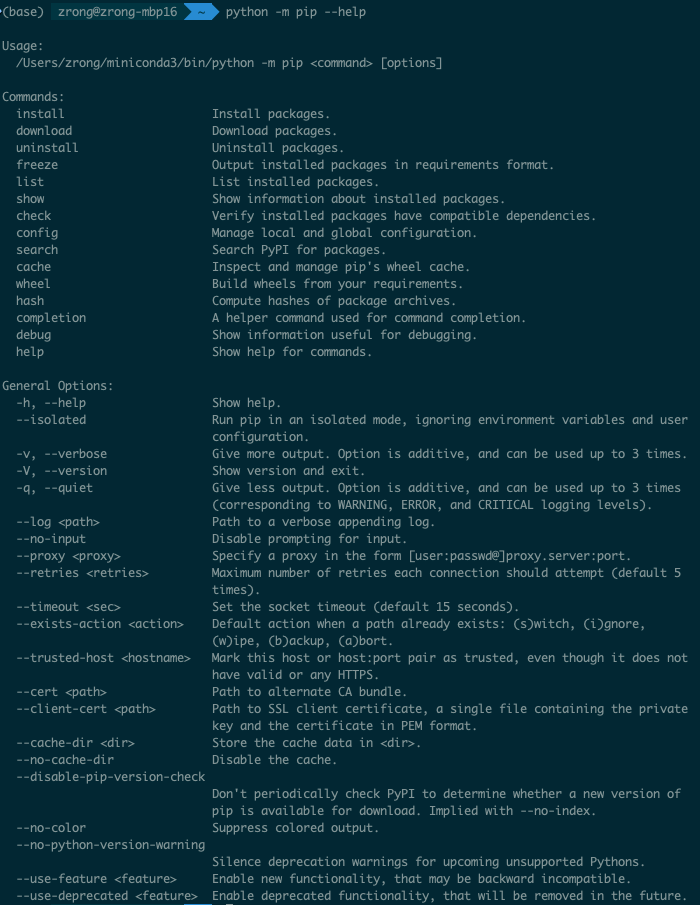

Update apt package list by running next command: sudo apt update pip3 -hīecause of EOL (End Of Life) of Python 2 as of January 2020, it’s not already installed on Ubuntu, so you need to install it before installing Pip 2 (you can omit the second step if you have Python 2 installed). There are other commands, so you can always go to the help manual within the package or check the man page of Pip 3, or even go to the online python documentation page. Show Package Details with Pip 3 pip3 show Show Pip 3 Version pip3 -version Show Pip Information pip3 show pip

To upgrade a package: pip3 install -upgrade To remove a package (same goes for the root command): pip3 uninstall Upgrade Package with Pip 3 If you want to install the libraries globally, run one of the previous commands as root: sudo pip3 install Note: the last commands will install the package for just the user who executed it. Or you can run this command: python3 -m pip install

To install a package, we can use this command. Though, the most useful pip commands are: Pip commands work in every system having pip installed. sudo apt install -y python3-pip How to use Pip 3 Now execute the next command to install Pip 3. Let’s update apt package list to insure we get the latest software version by executing the next command: sudo apt update Obviously, you have to have Python 3 installed, but luckily it is pre-installed on Ubuntu 20.04. Installing Pip 3 is straightforward, you have to execute just two commands to install it.


 0 kommentar(er)
0 kommentar(er)
